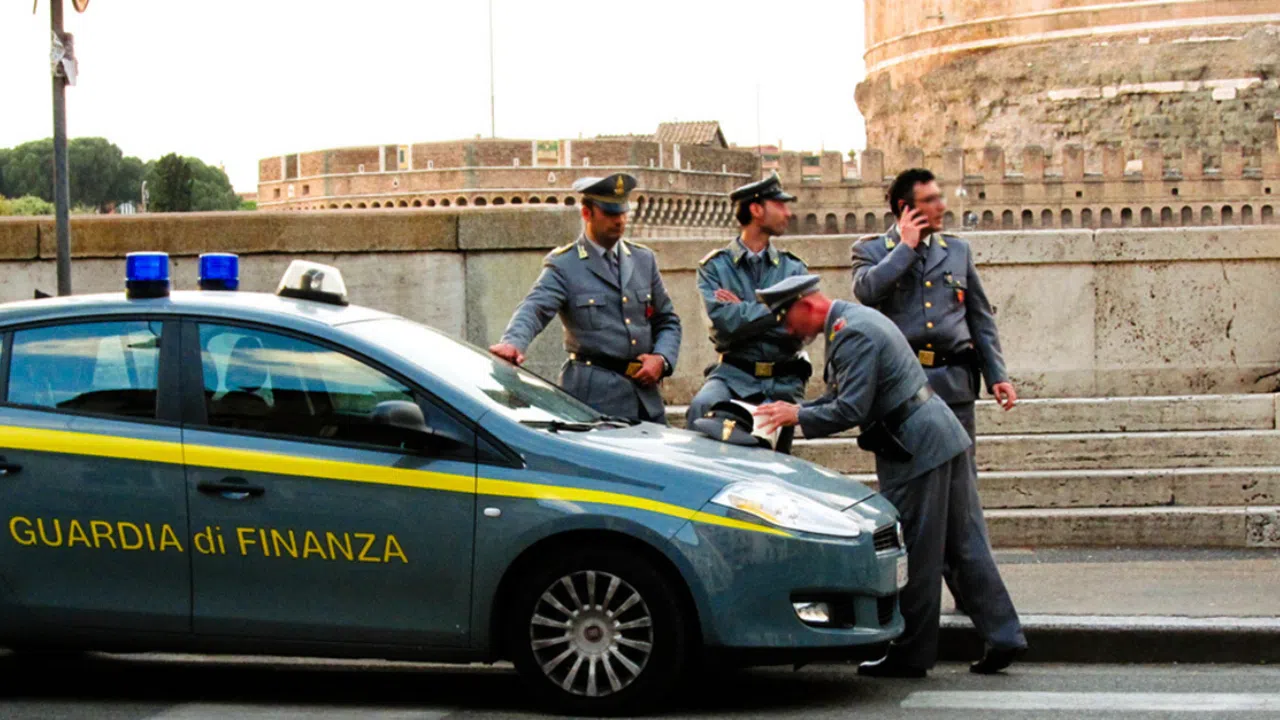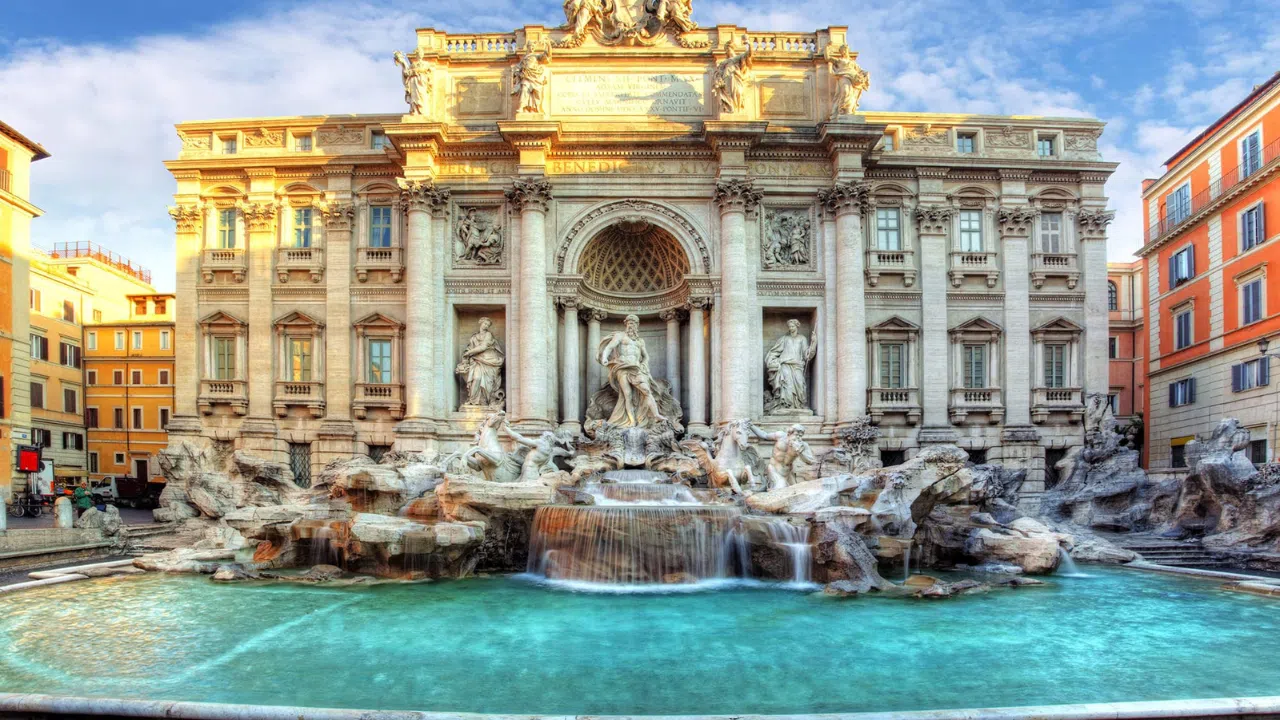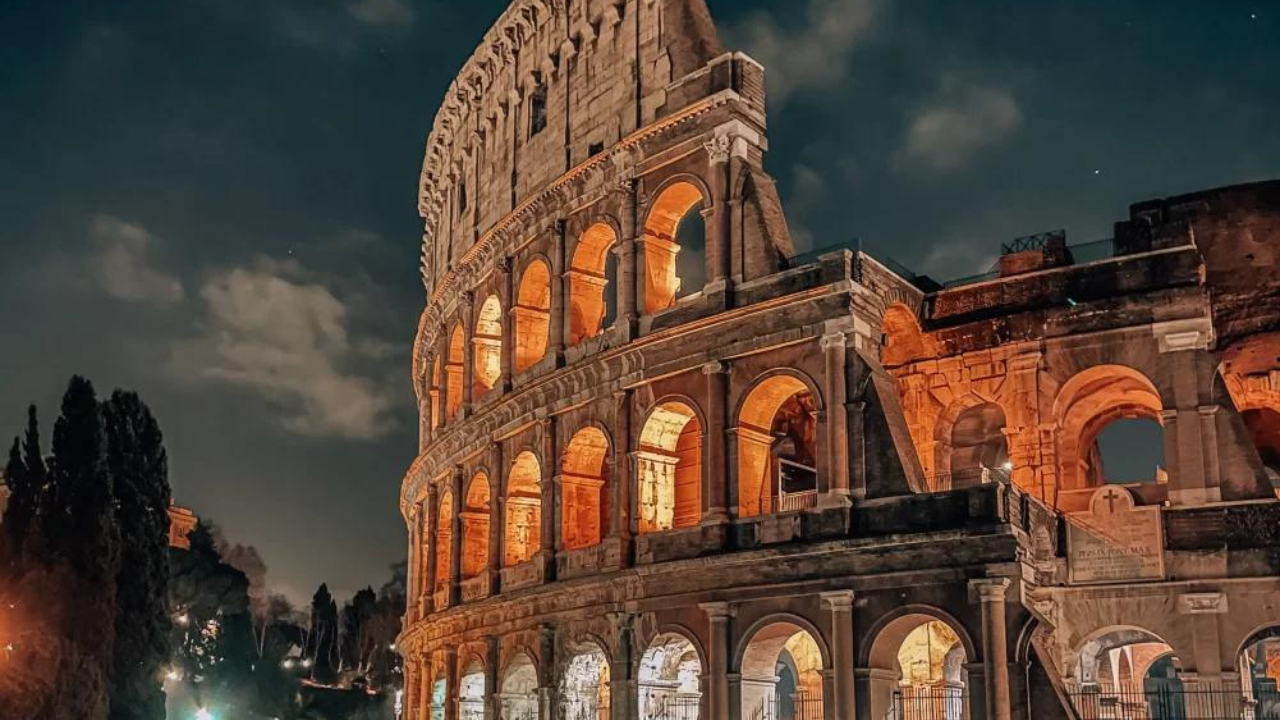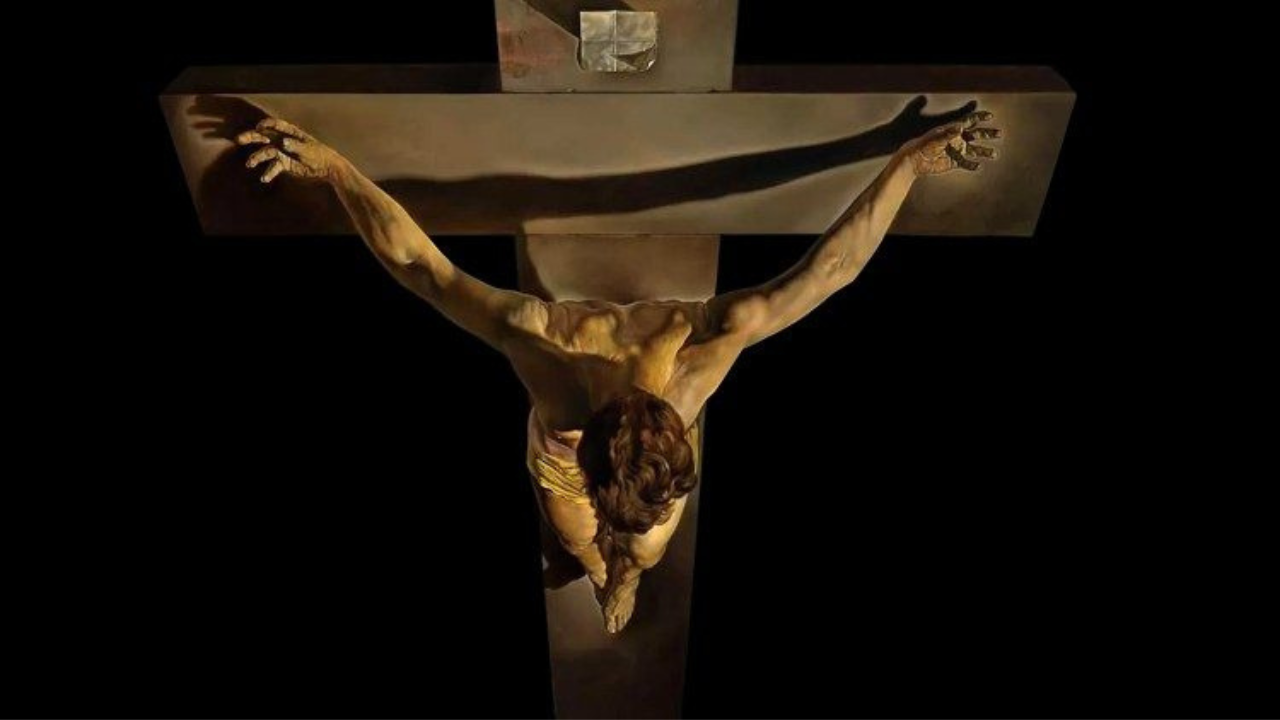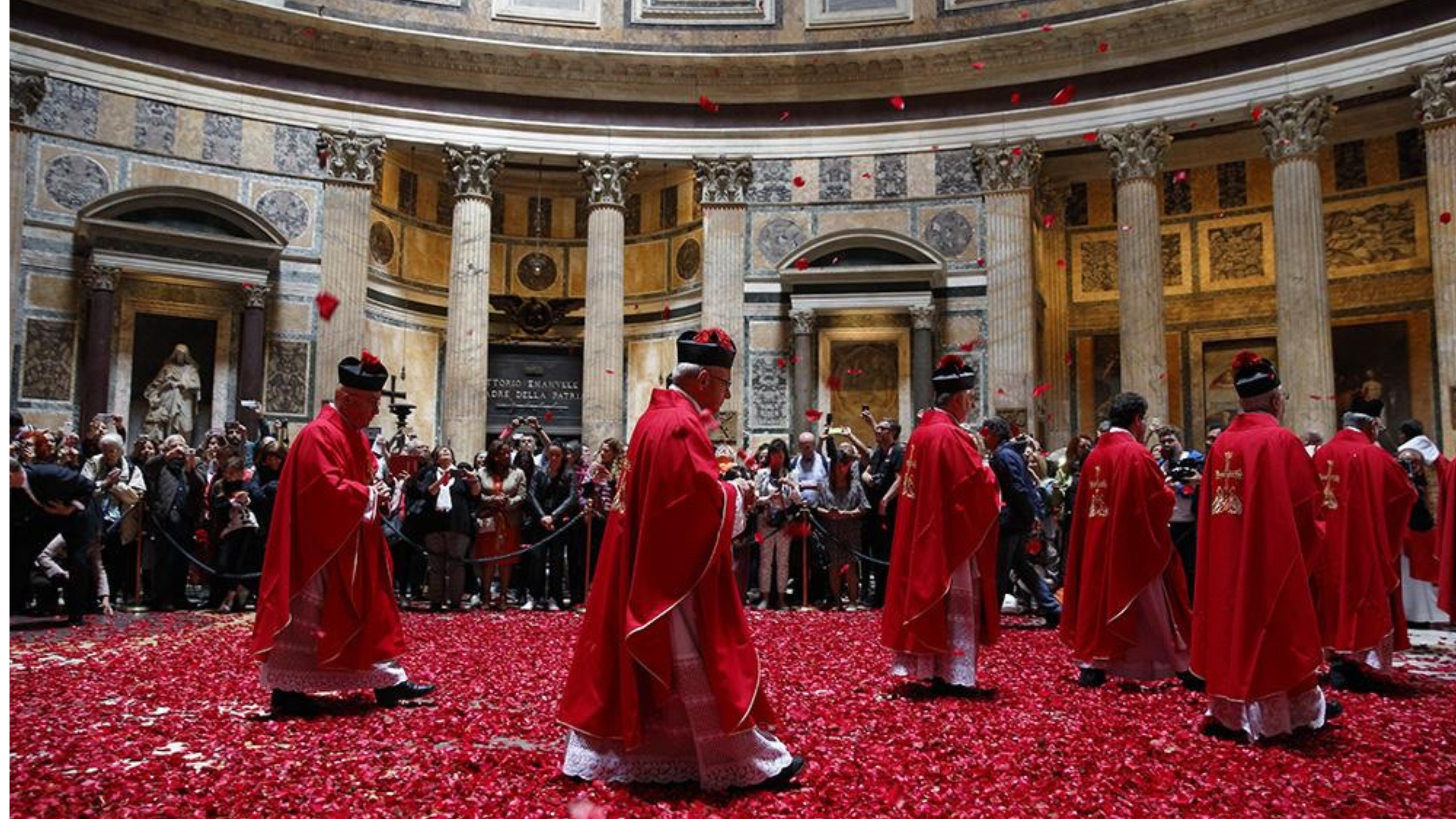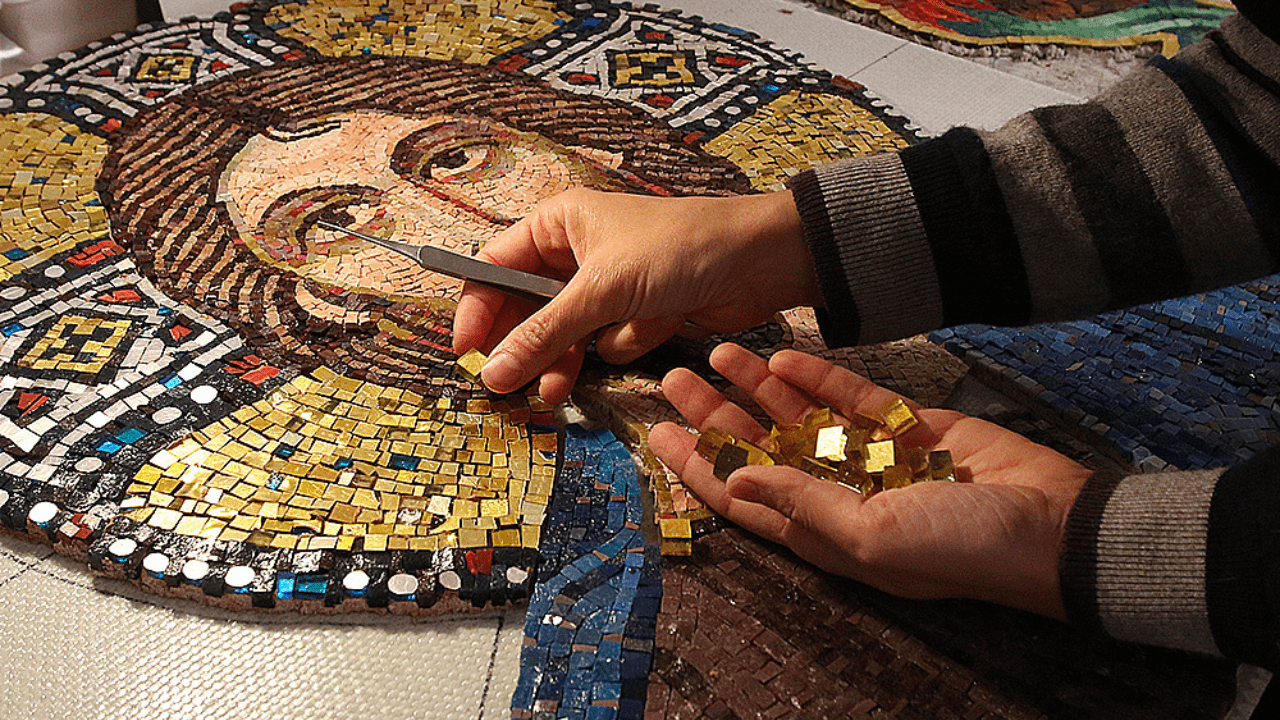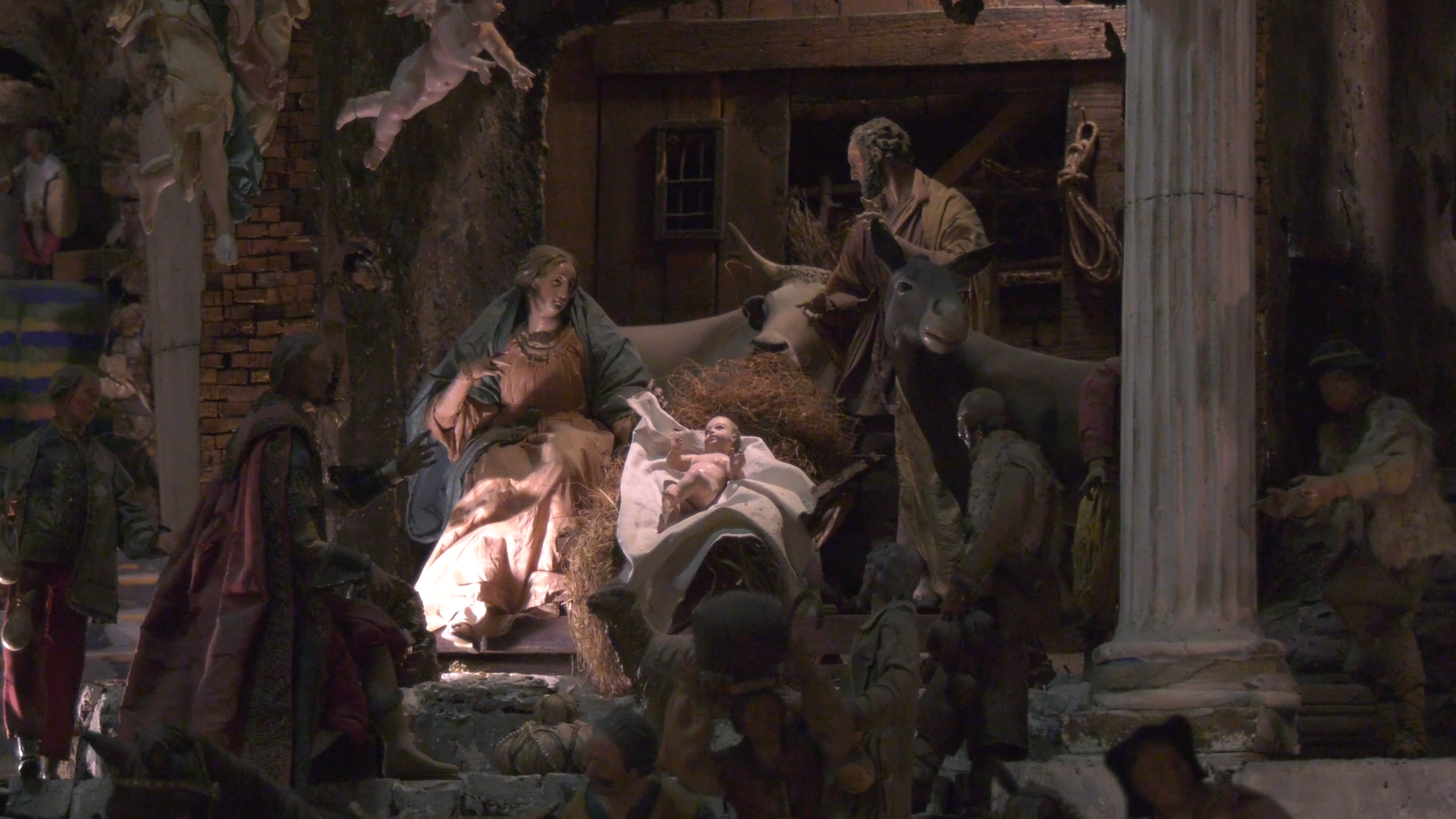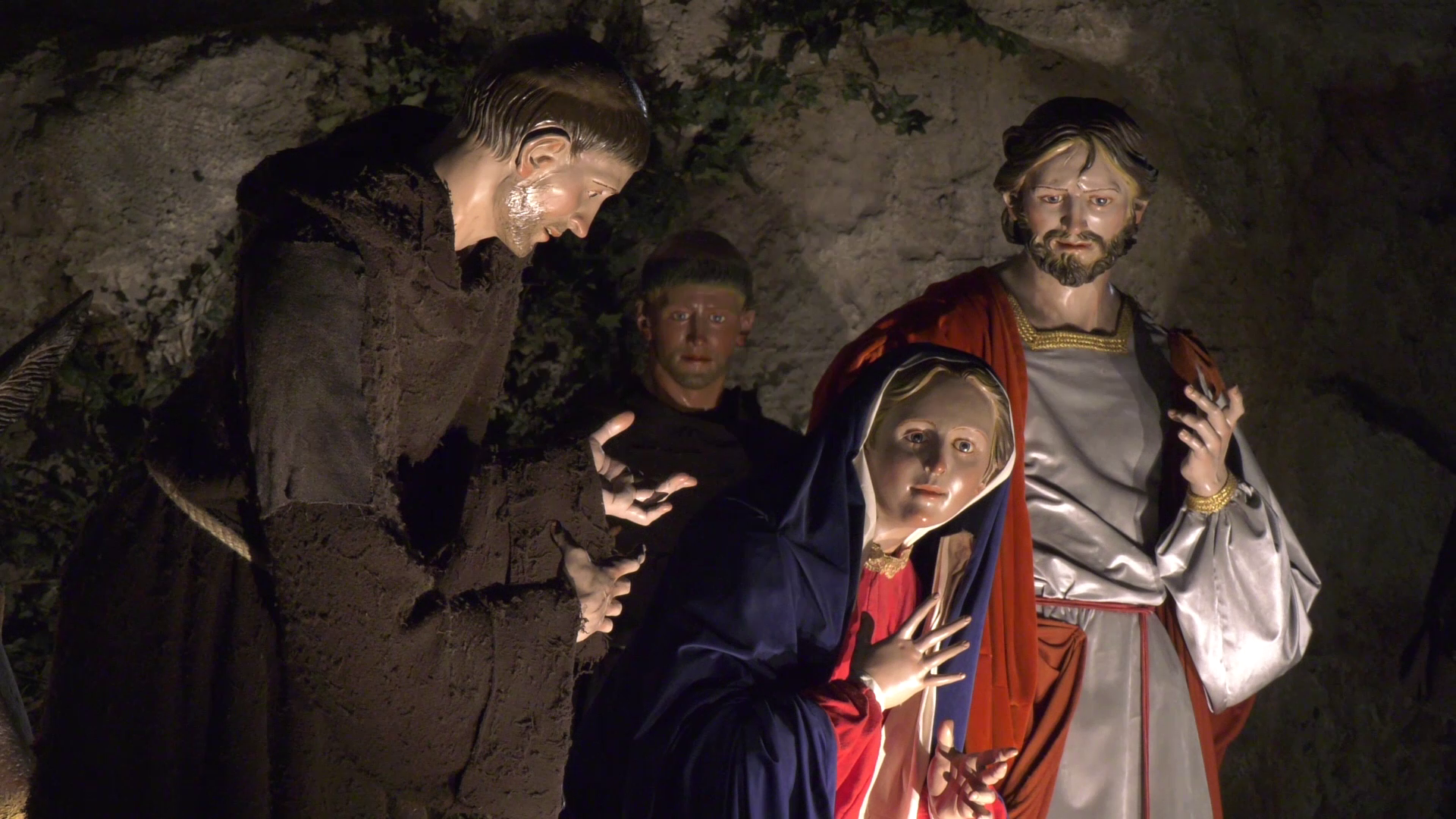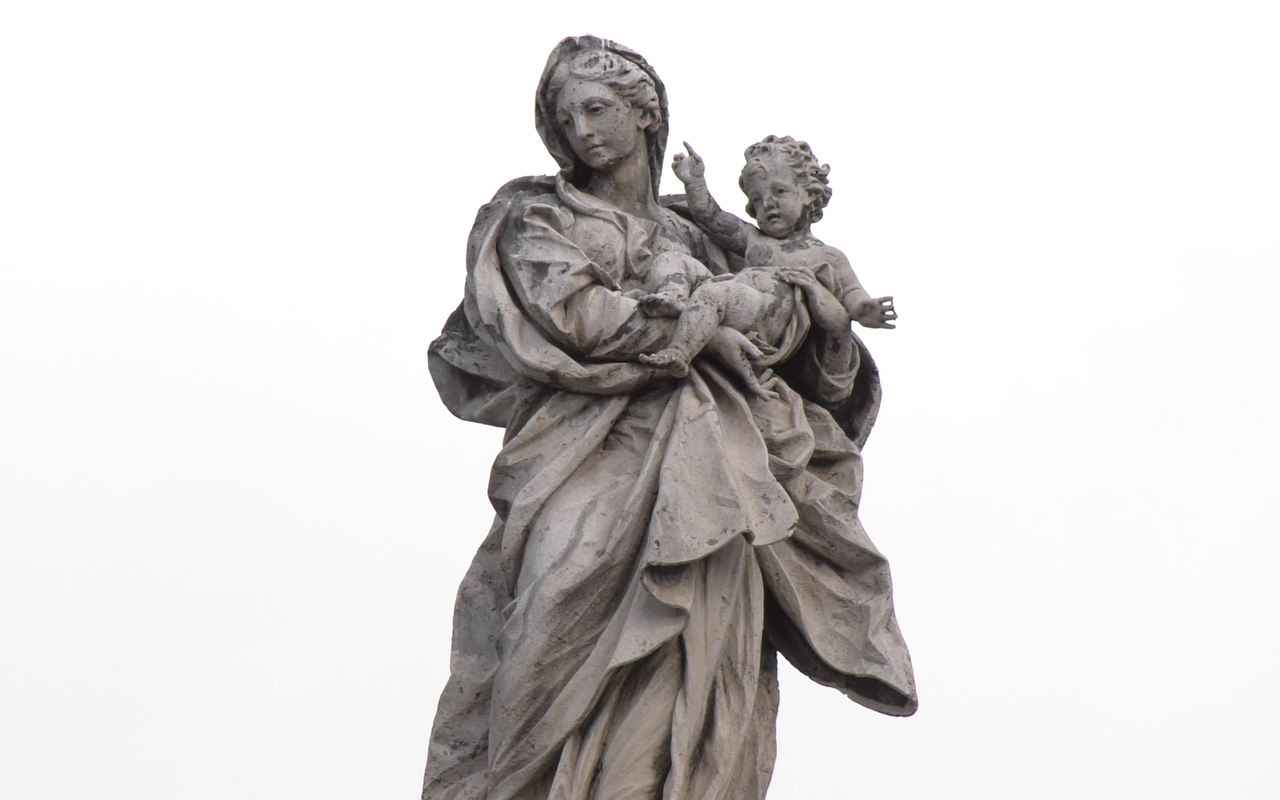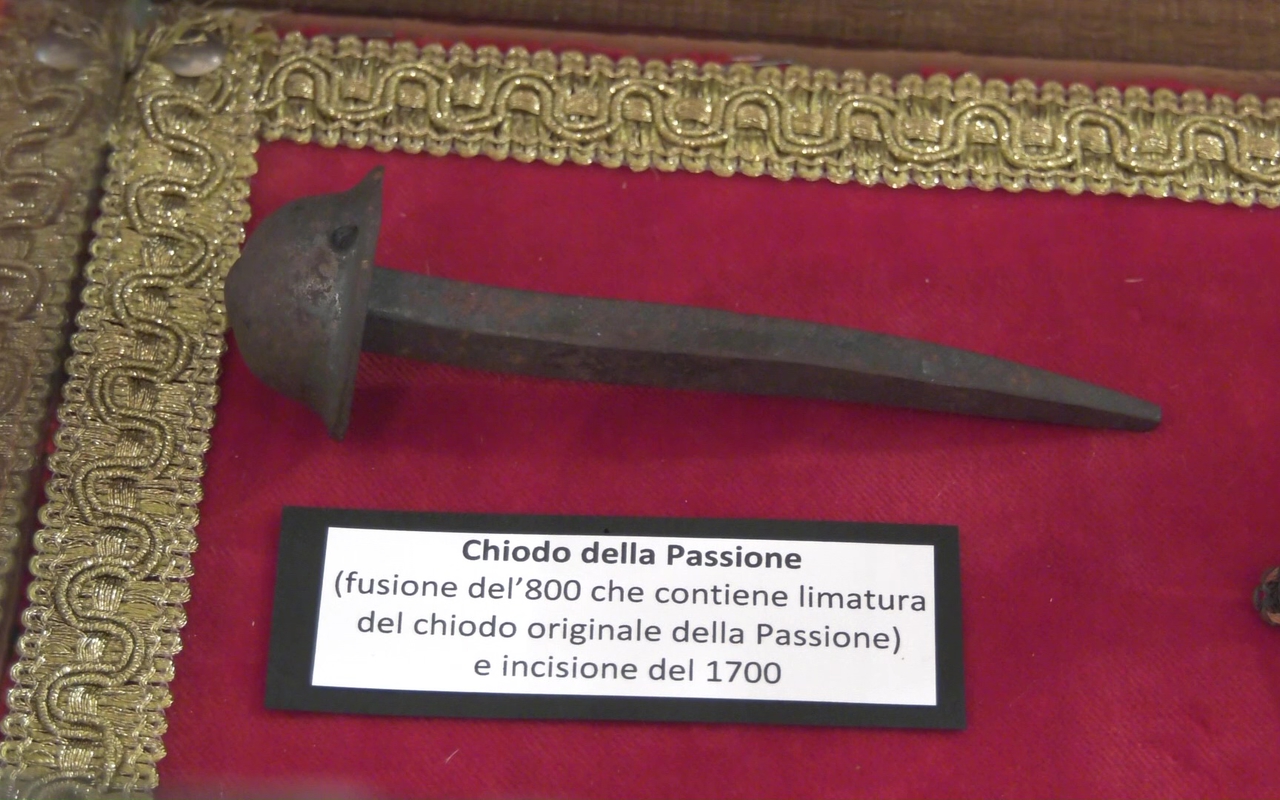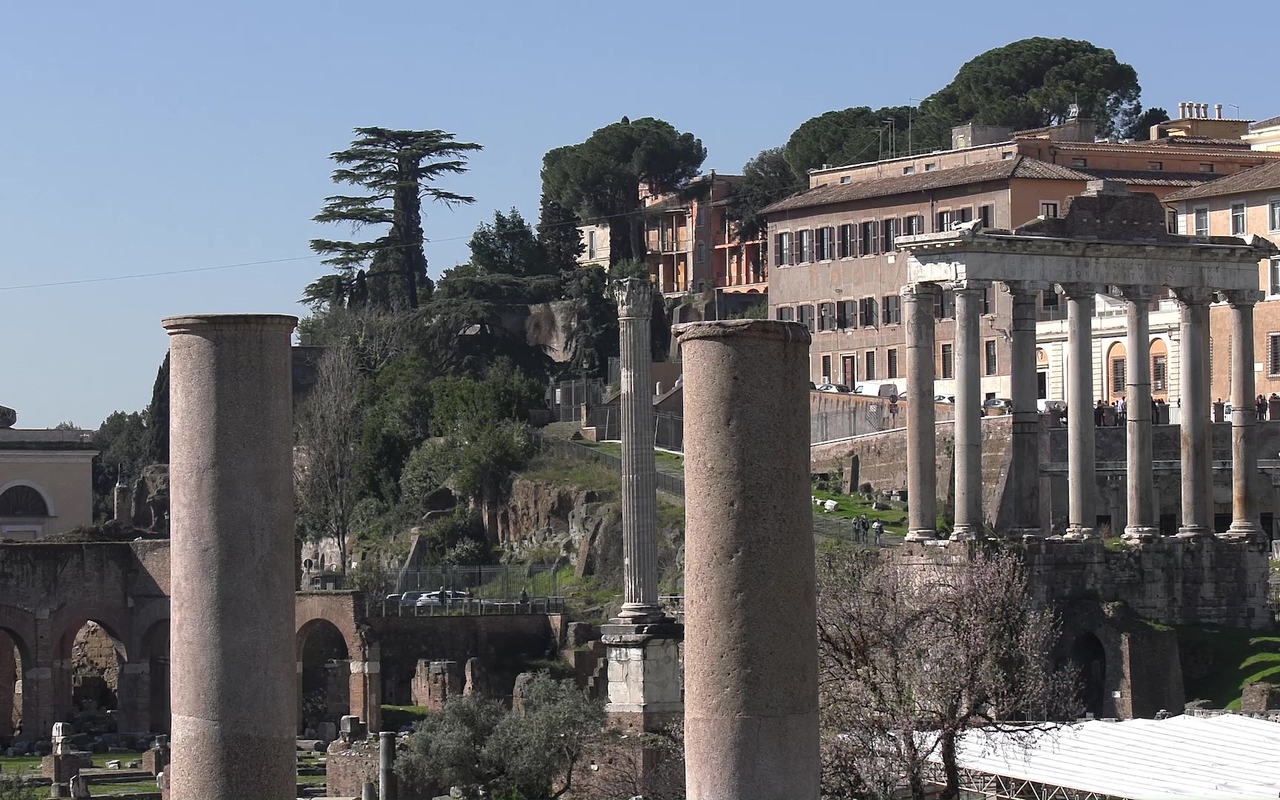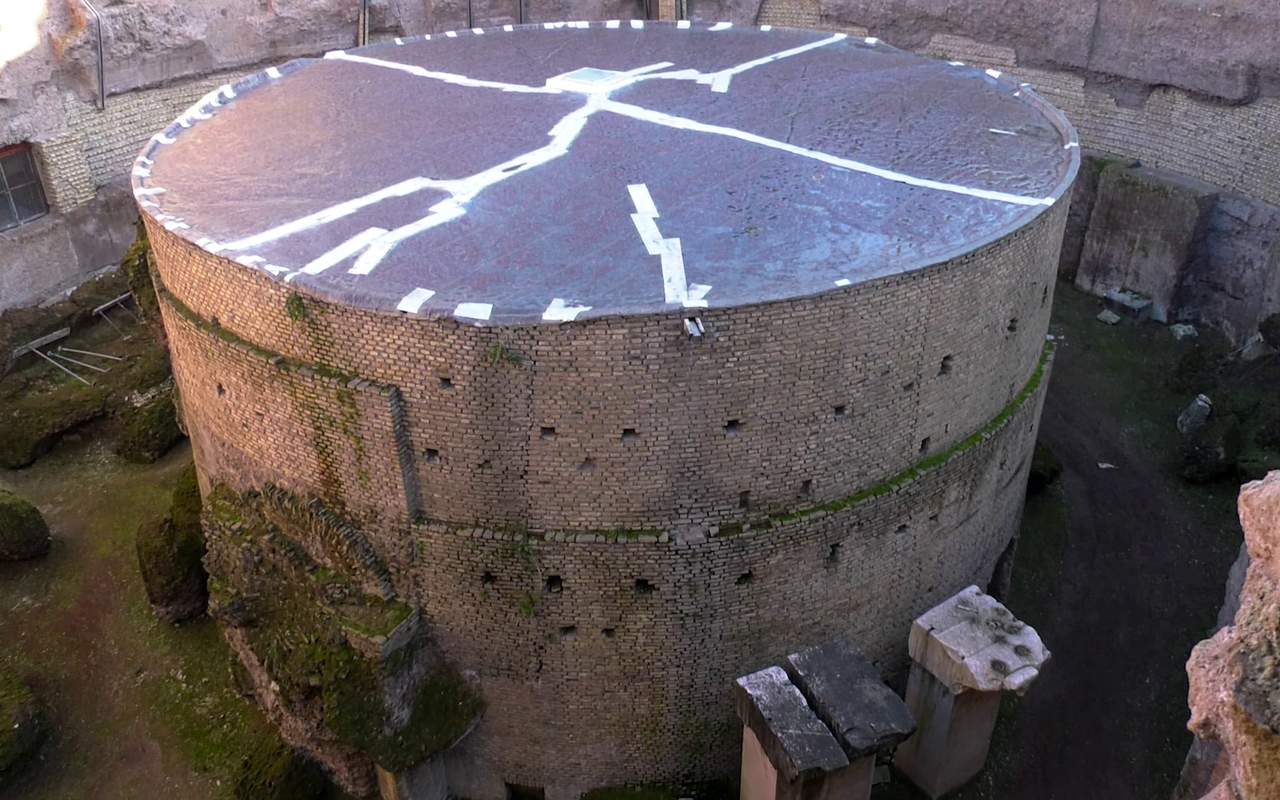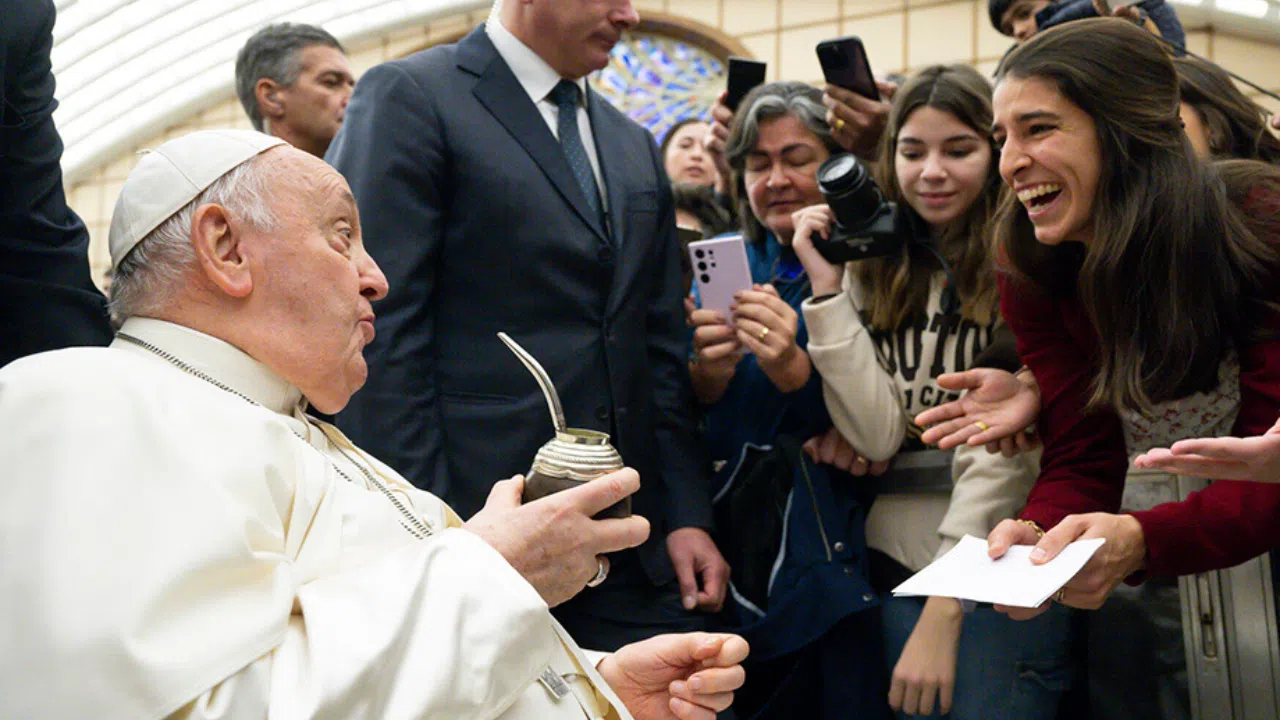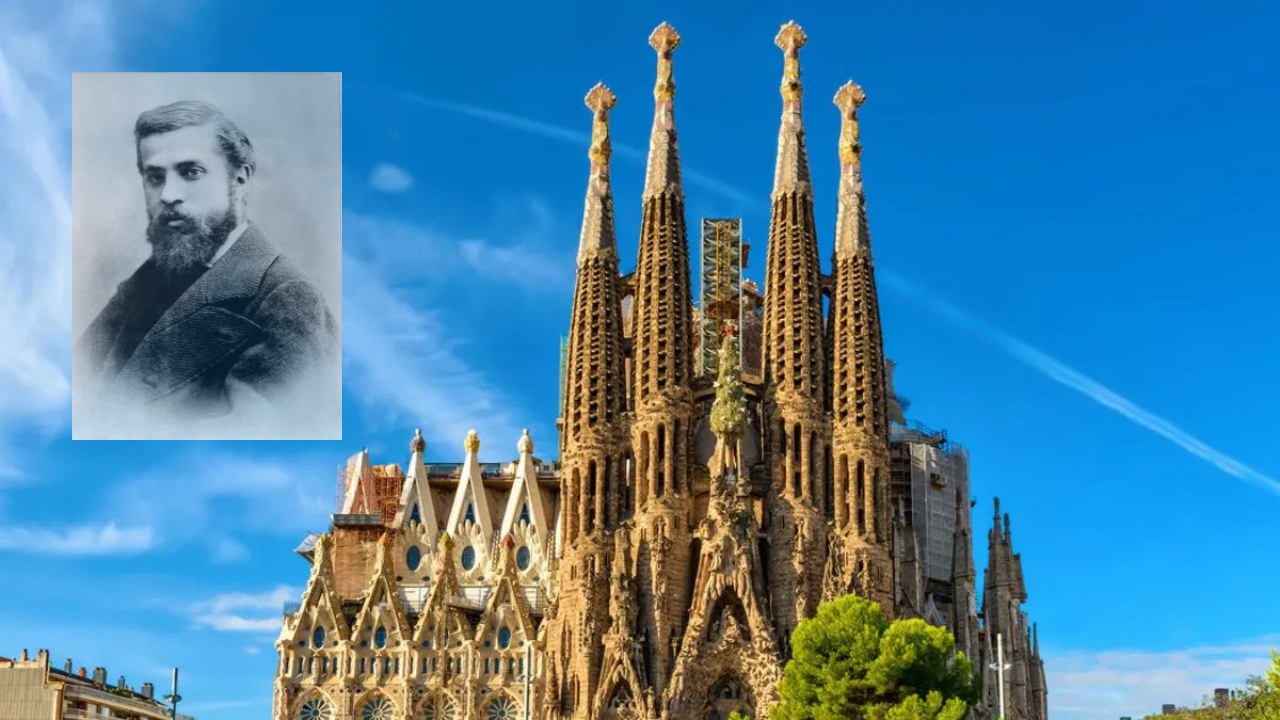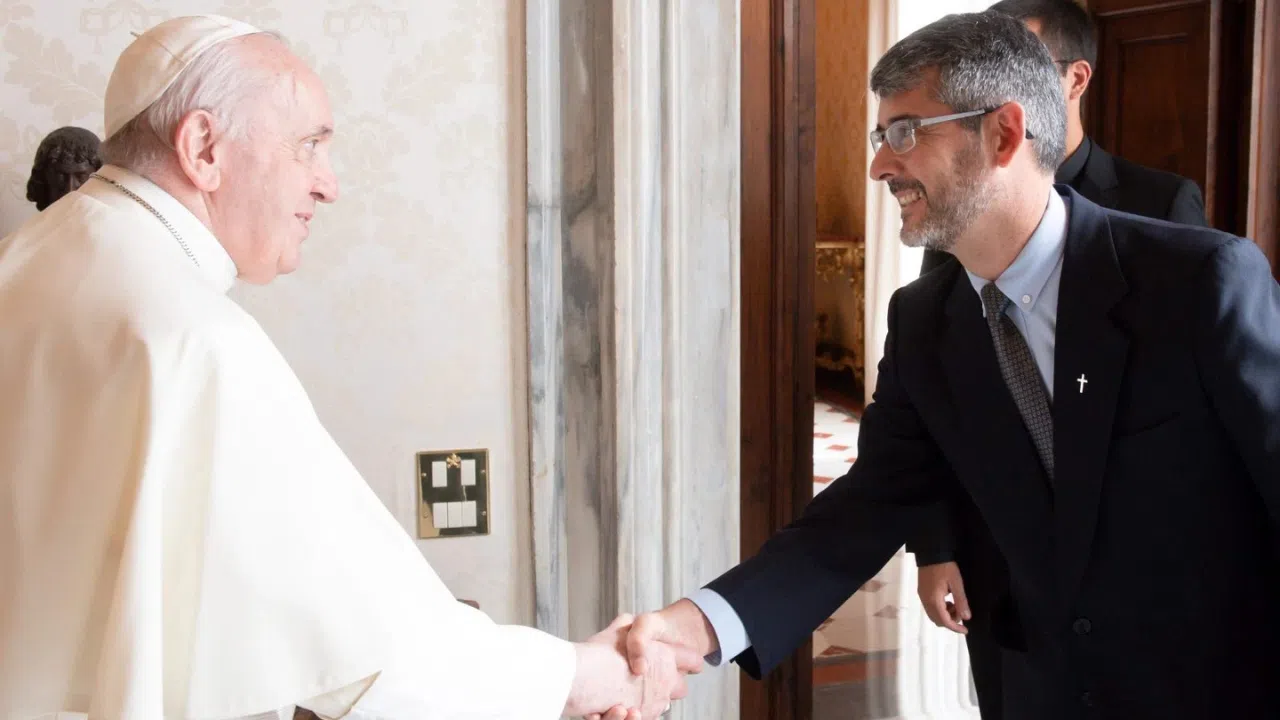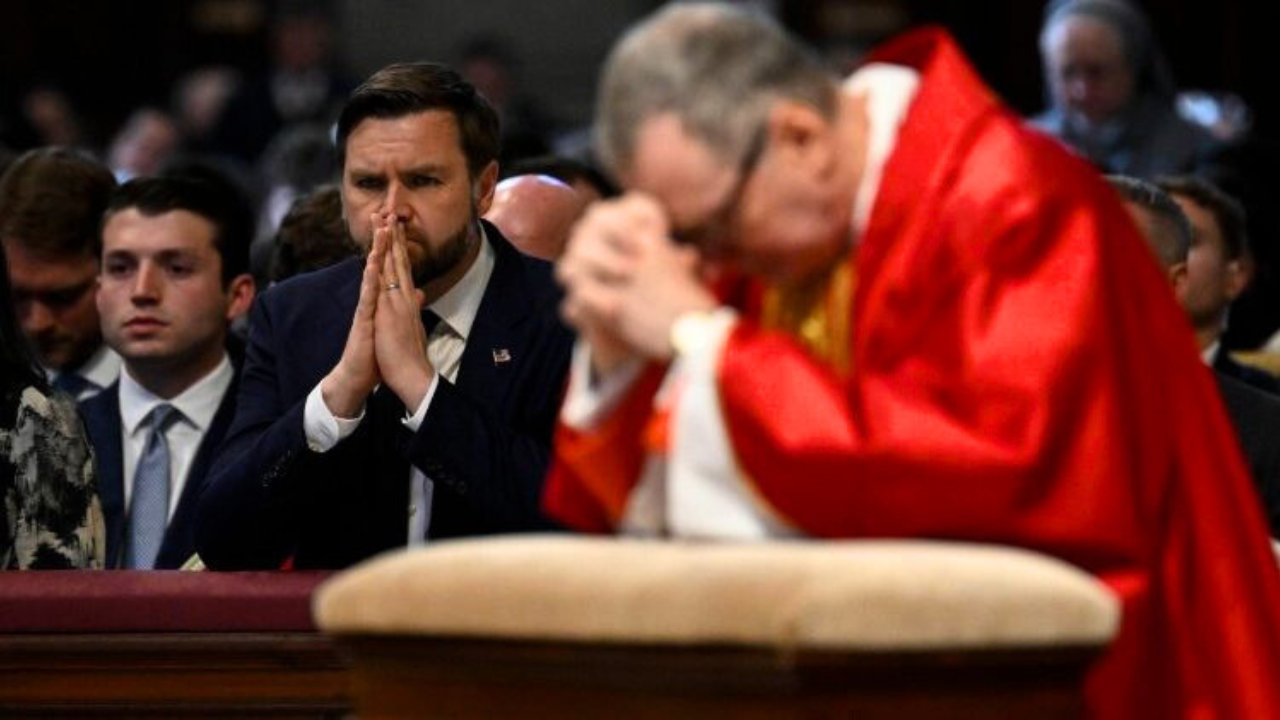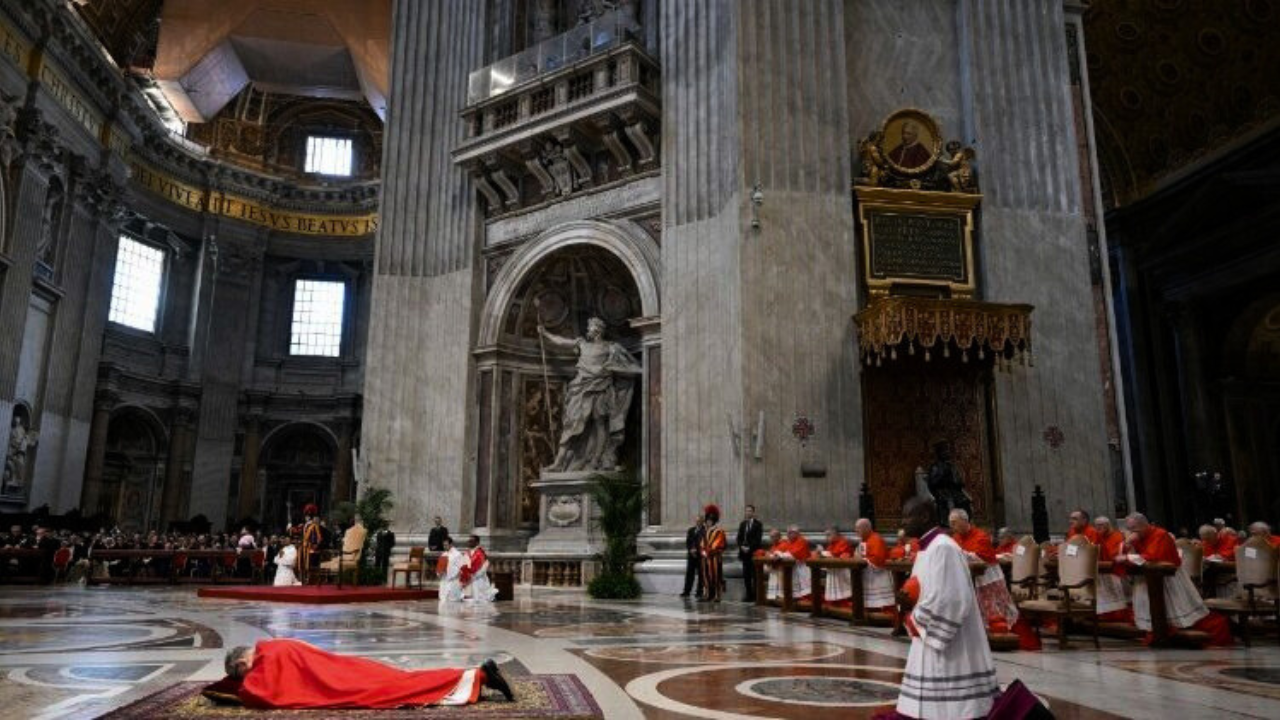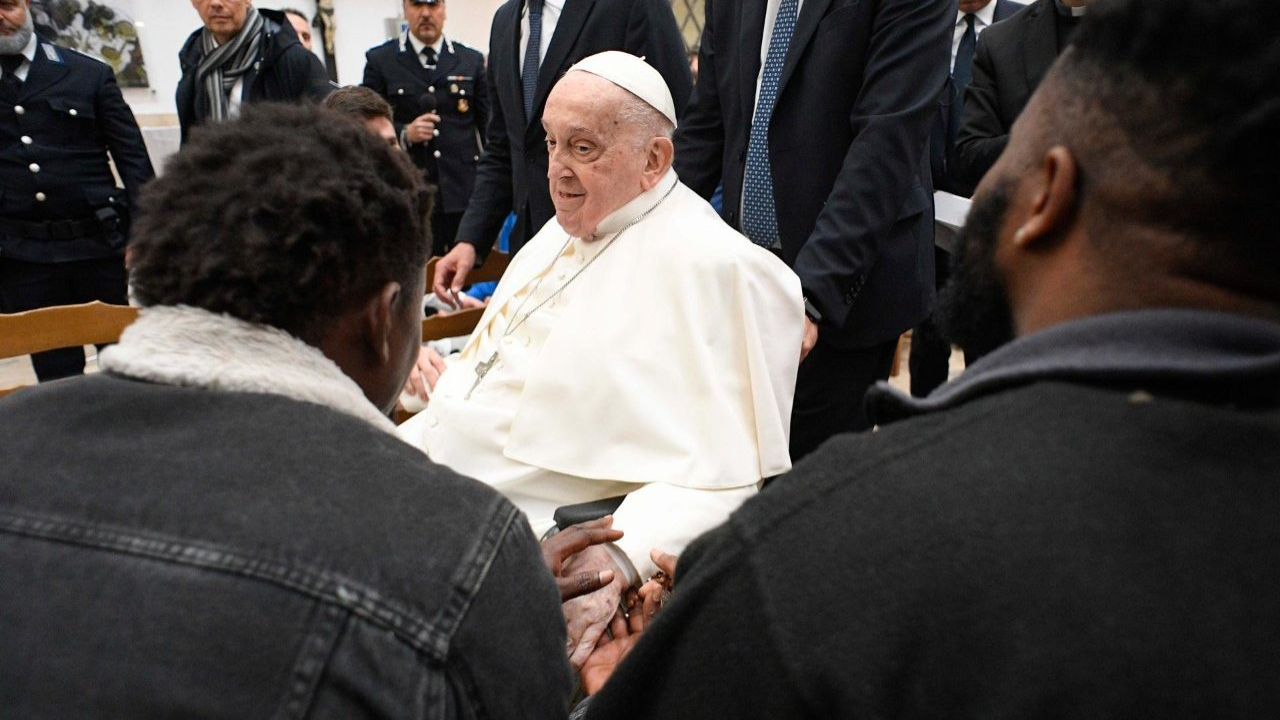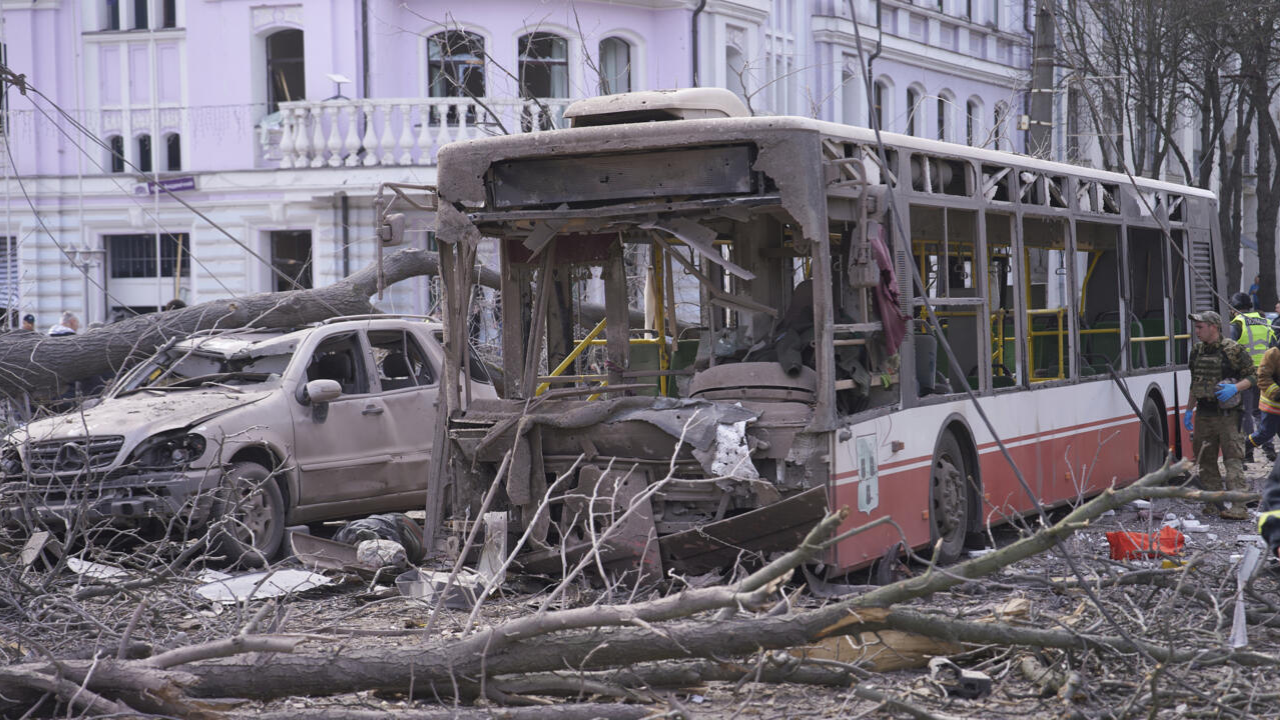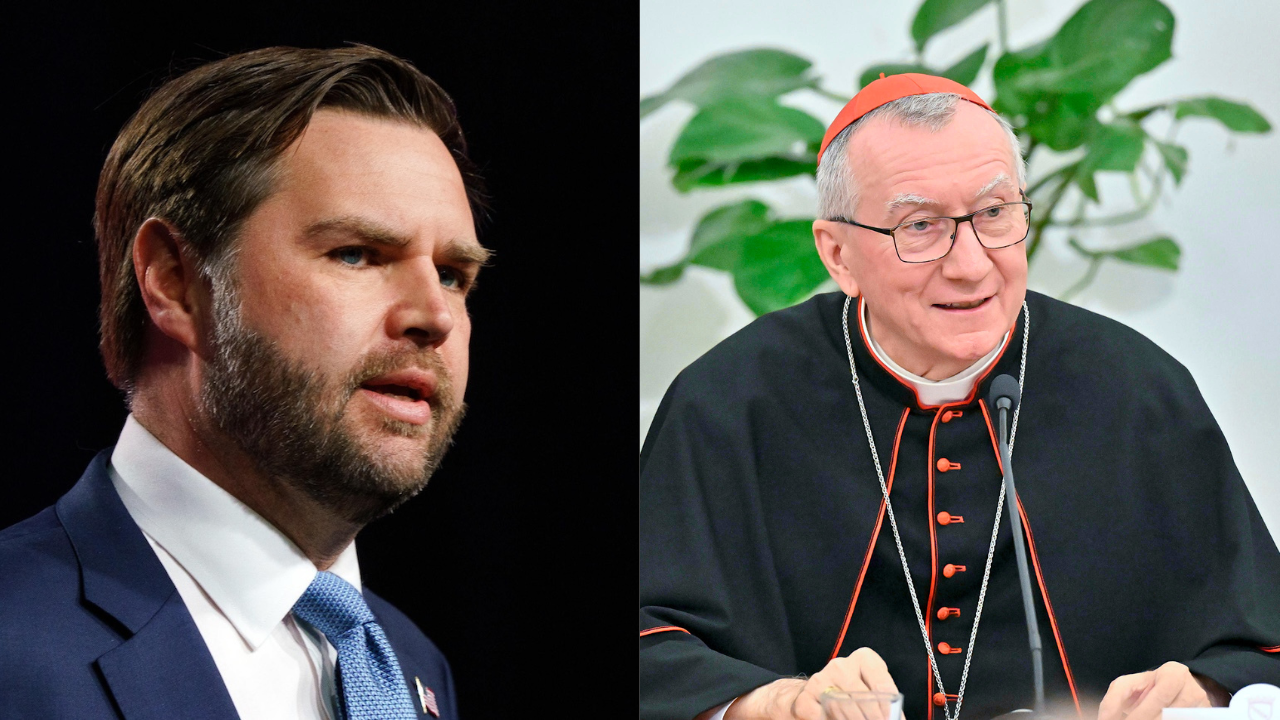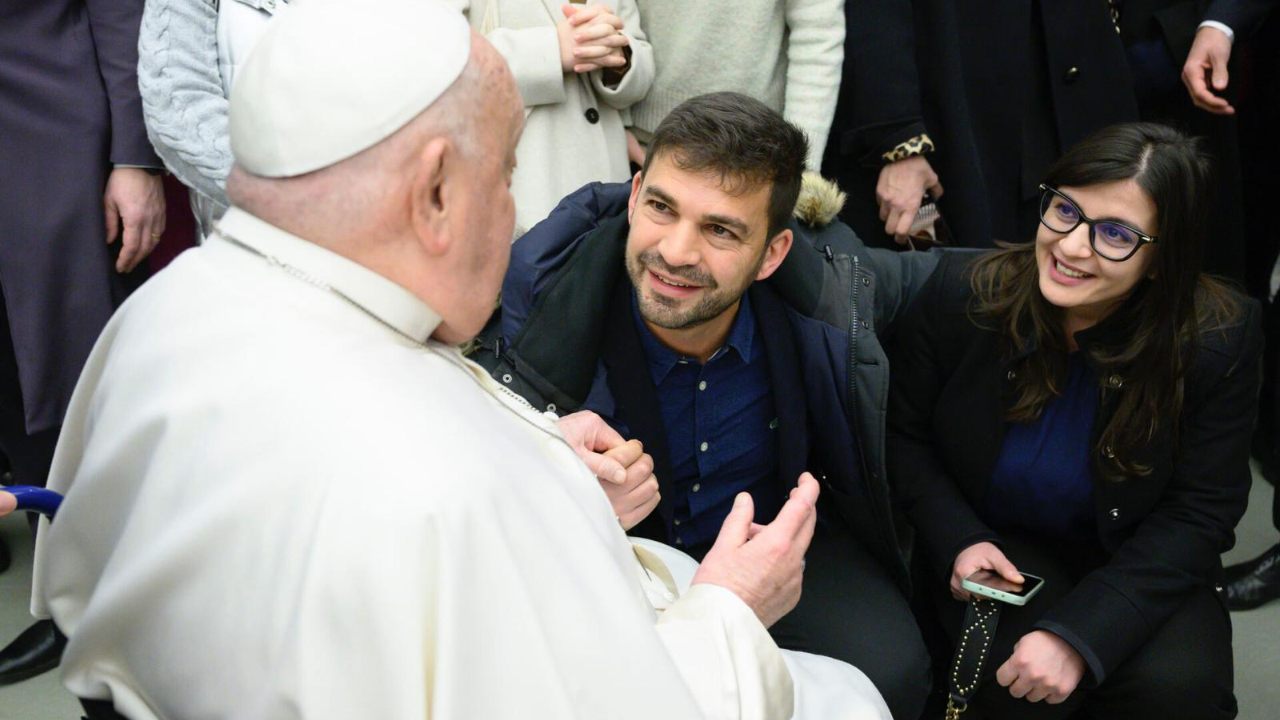Via Francigena is a pilgrimage route that starts in Canterbury, England, and ends in Rome. Lately, its been booming. The more than one thousand mile road has seen a 30 percent increase in pilgrimage in the last year, and its expected to grow even more during the Jubilee of Mercy.
There are more than 80 steps that need to be taken to reach the Eternal City, using this particular path. The people who are promoting it have a dream in mind.
MASSIMO TEDESCHI
President, European association of Via Francigena
'Via Francigena wants to emulate the success of the Camino de Santiago, the pilgrimage of lay and religious people to the tomb of Santiago and the pilgrimage to the tomb of Peter are similar. Through important localities as in our case if Italy and Spain. Today, Via Francigena has fewer pilgrims than Santiago. The numbers from 2014 are 35,000 compared to 230,000 in Santiago. We are currently at just 15 percent of the numbers.â?
Just a few weeks before the start of the Jubilee of Mercy, 86 cities are working together to promote Via Francigena. They have improved the road signs and safety in four countries: England, France, Switzerland and Italy. But this approach is not limited by those traveling by foot to Rome.
MASSIMO TEDESCHI
President, European association of Via Francigena
'It is a project of the city officials to create accessible trails for each walking route. For example, in Tuscany, there is already a road adopted for bicycles and many are traveling also using back roads, even by horseback.â?
The development of railways and improvements of roads has made the walking to Rome impossible in the last century. The recovery of the Via Francigena only happened a few years ago, in 2011.
MASSIMO TEDESCHI
President, European association of Via Francigena
'We talked about only it 14 years ago. It is when a group of mayors of 30 different municipalities, to be exact, discussed the project of the Council of Europe: the Via Francigena. In sensed, because of an intuition, that by promote the Via Francigena, we would create a flow, like that of Santiago, as they walked toward Rome.â?
Currently, they are working on an agreement with the Government of Galicia, in Spain. They want the Camino de Santiago to promote the Via Francigena, in an exchange for them promoting Santiago.
